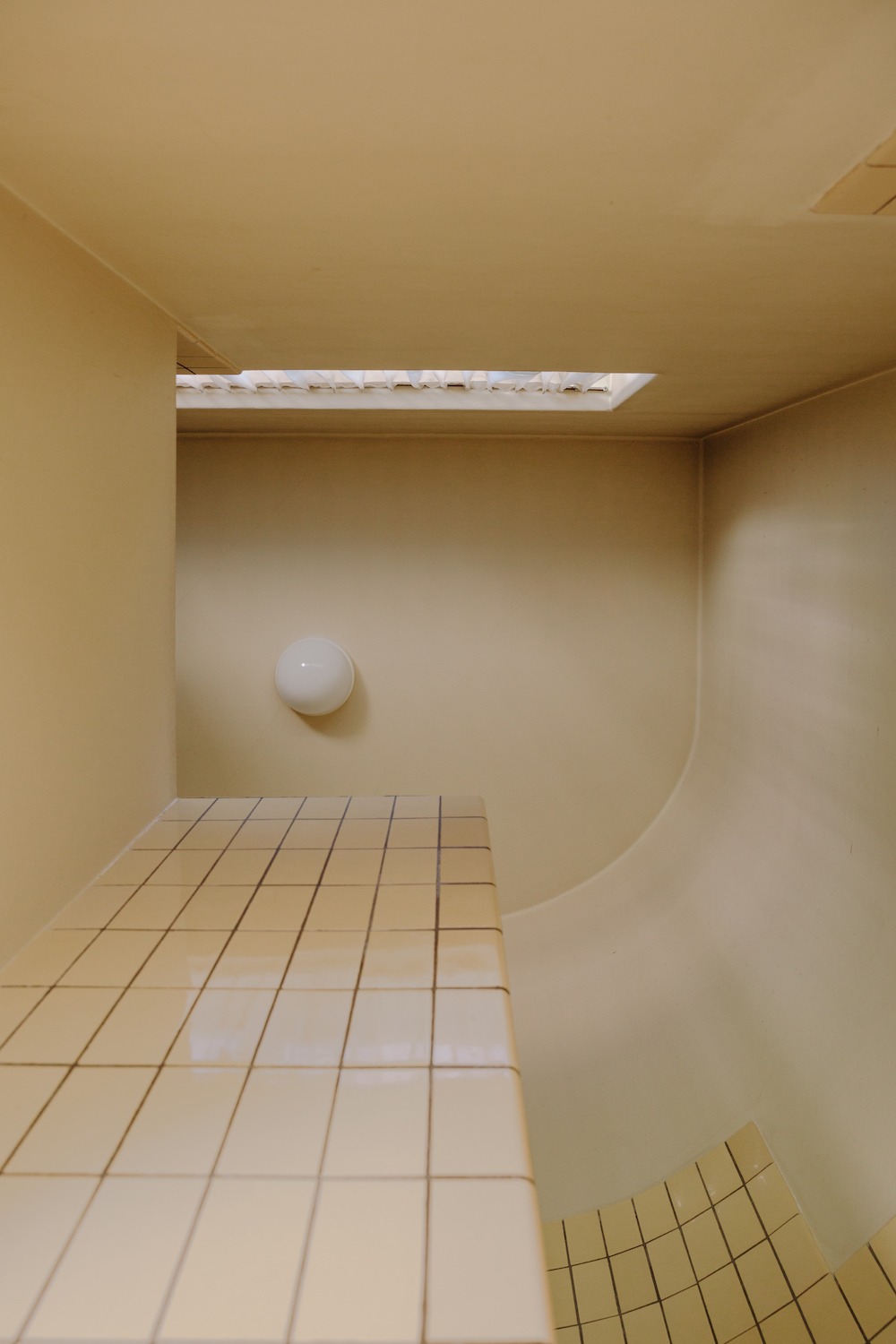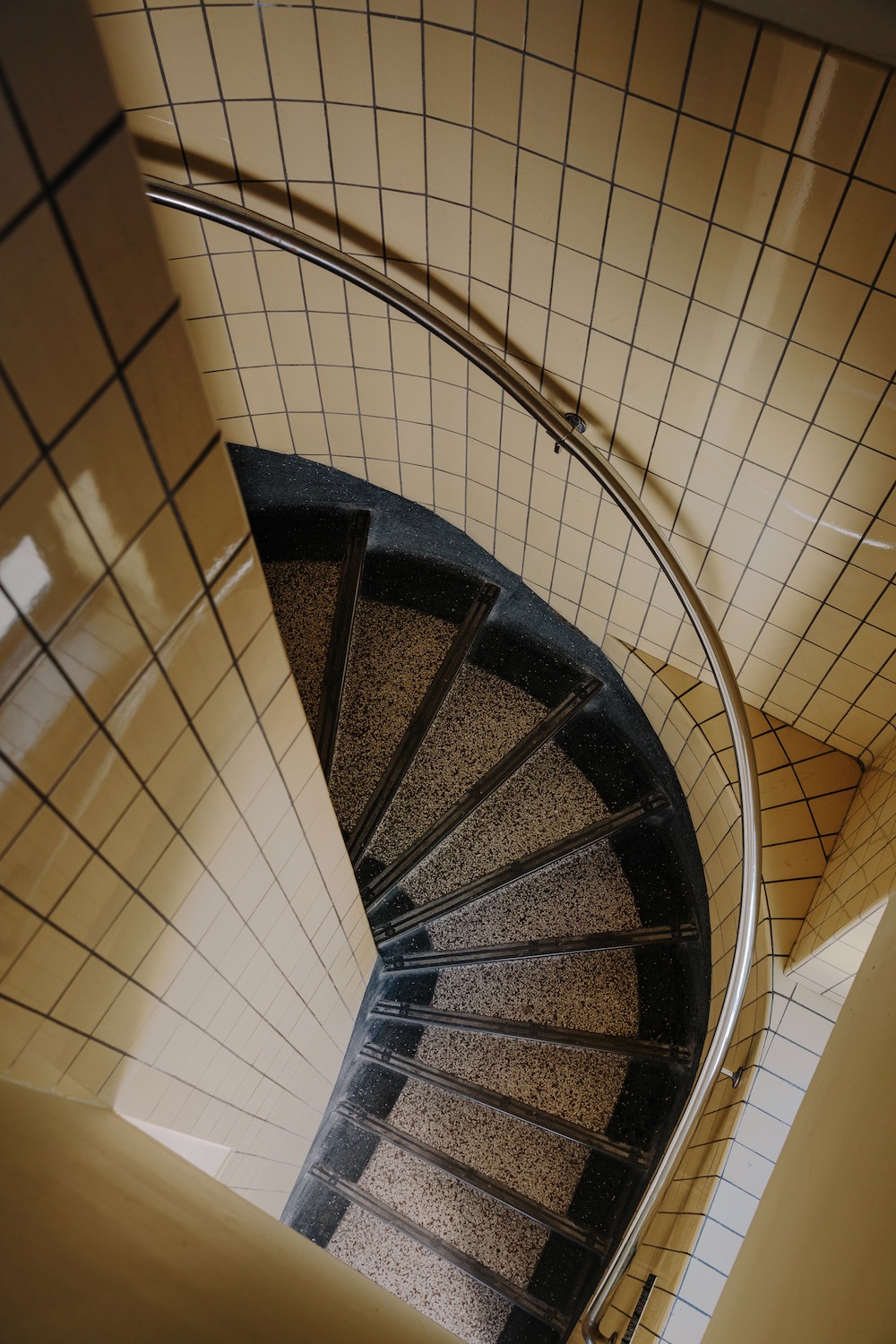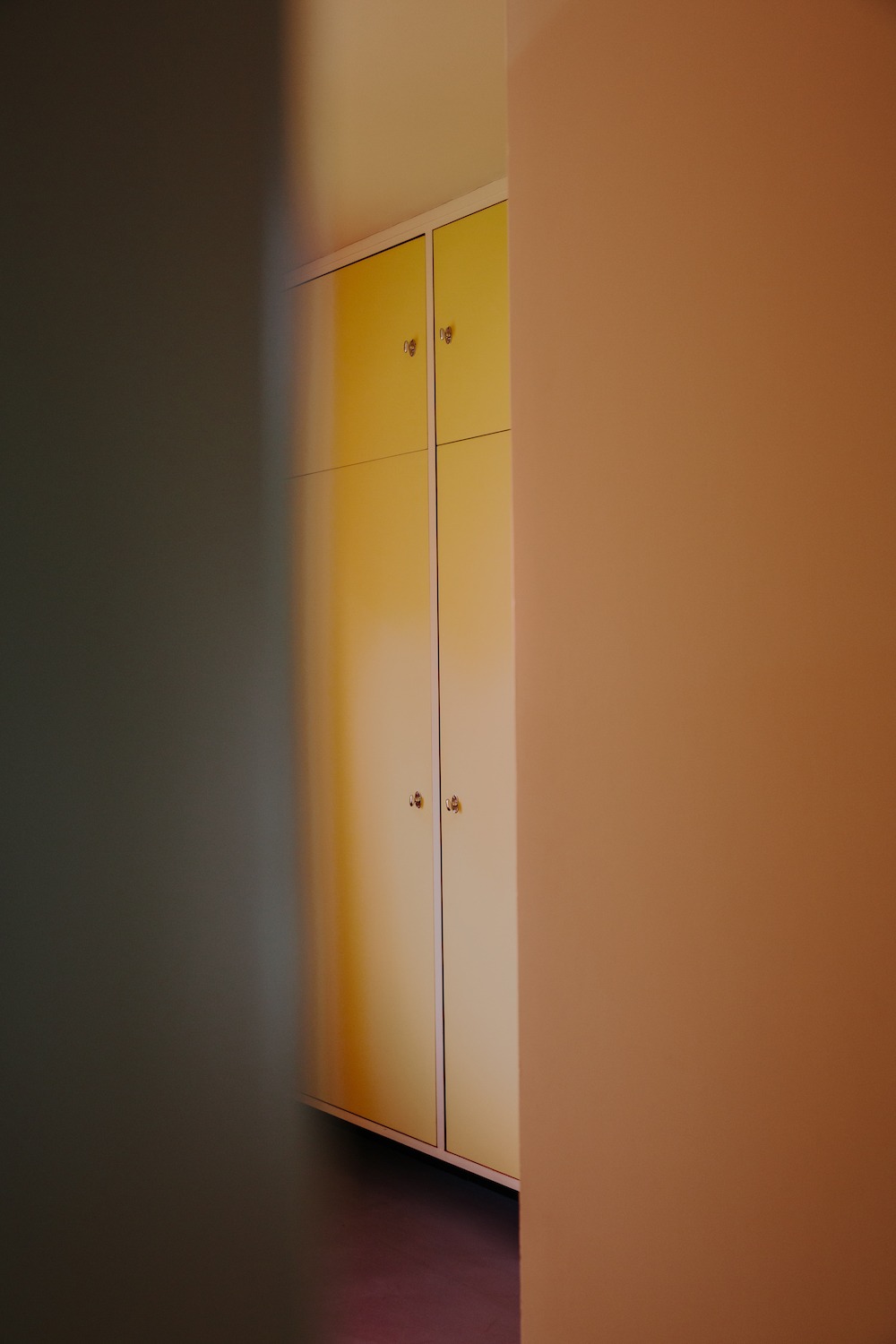
Huis Sonneveld
More Than a Machine to Live In
On a sunny day I travel to Rotterdam, wearing a face mask. I’m paying a visit to Huis Sonneveld, a modernist villa dating from the 1930s, built in the style of Het Nieuwe Bouwen. Here one gets an impression of how the enlightened lived almost a century ago.
The house was commissioned by A.H. Sonneveld and built in accordance with Le Corbusier’s statement ‘A house is a machine to live in’ – a functionalist architectural style that considered ornamentation to be ‘criminal’, and a total waste of labour. Sonneveld was an adherent of this new style of building, which simultaneously advanced a new way of living.
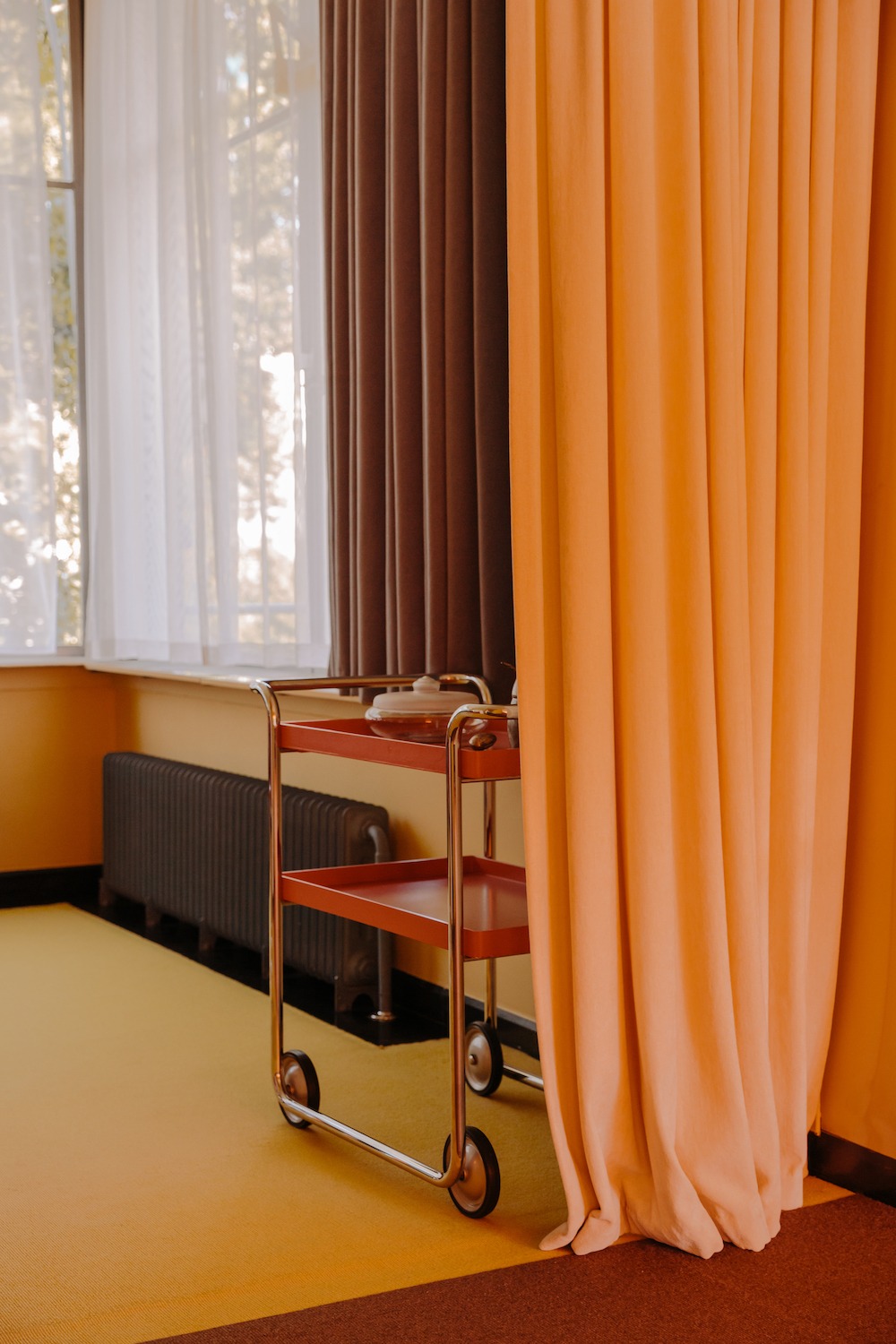
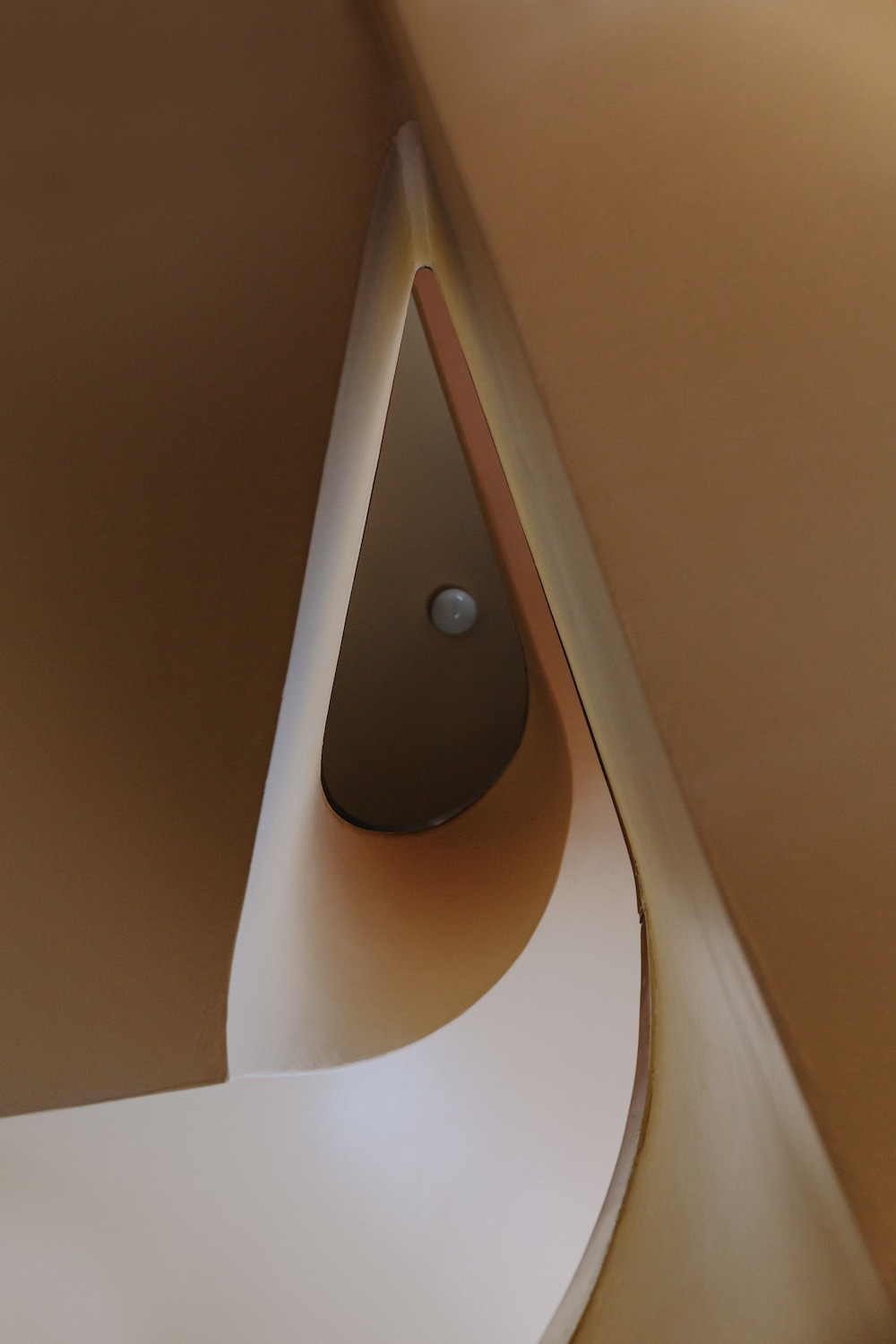
Functionalism wasn’t merely a matter of aesthetics, but also a utopian vision of society; an attempt to transcend the horrors of World War I by creating better living conditions for all. Technological innovations provided functionalist design with the means to reproduce these improvements on a grand scale – not only for the wealthy few but for the working classes as well.
This vision is clearly apparent in the spatial arrangement of Huis Sonneveld. While servants’ quarters were traditionally hidden in gloomy basements or separate shacks, here personnel were also entitled to a view of the skies, a private terrace, the use of a bath and a mirror.
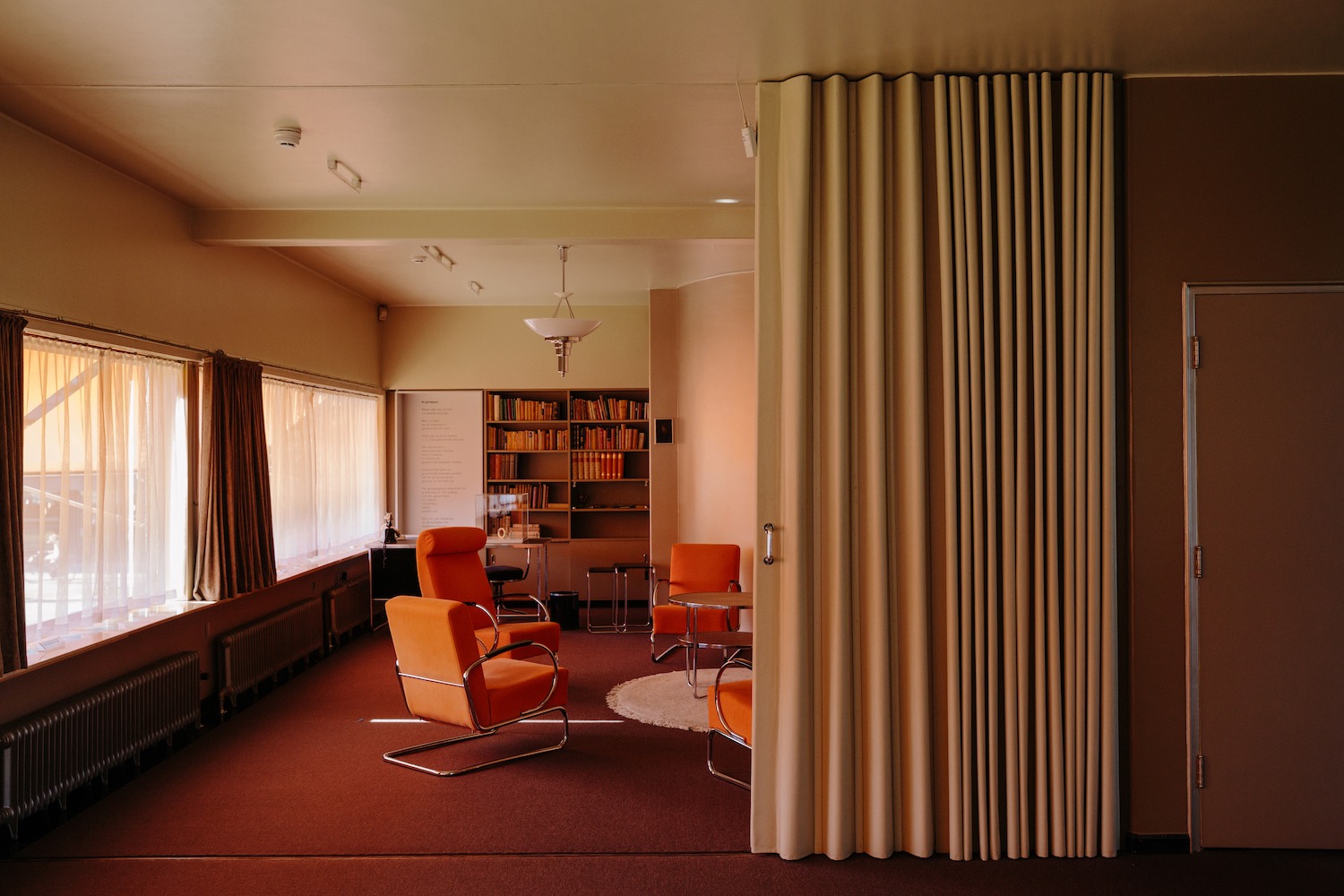
The Huis Sonneveld website mentions the risks of public access to a house such as this; that it can become frozen in time, because those who once filled the house with life are now long gone. I visit the house in the summer of 2020, when not only the house’s inhabitants have become ghosts, but time itself seems frozen. On my way to the house there are very few people on the streets; the museum-villa is deserted.
Inside I drift from one room to the next. From the sofa I look at the dining-room, an open space in the wall unit also offering a view of the hall beyond. The house has a strong frame, carrying itself effortlessly, without any need for additional supporting walls or façades. Even the furniture consists of frames and seems transparent, adding to the overall sense of incorporeality. Still more striking than the see-through spaces and the furniture that was often made-to-measure for the family by Thonet and Gispen, is the play of light and shade that rustles throughout the house, dances on the floors, fills the glasses on the table and reaches into the kitchen cupboards.
